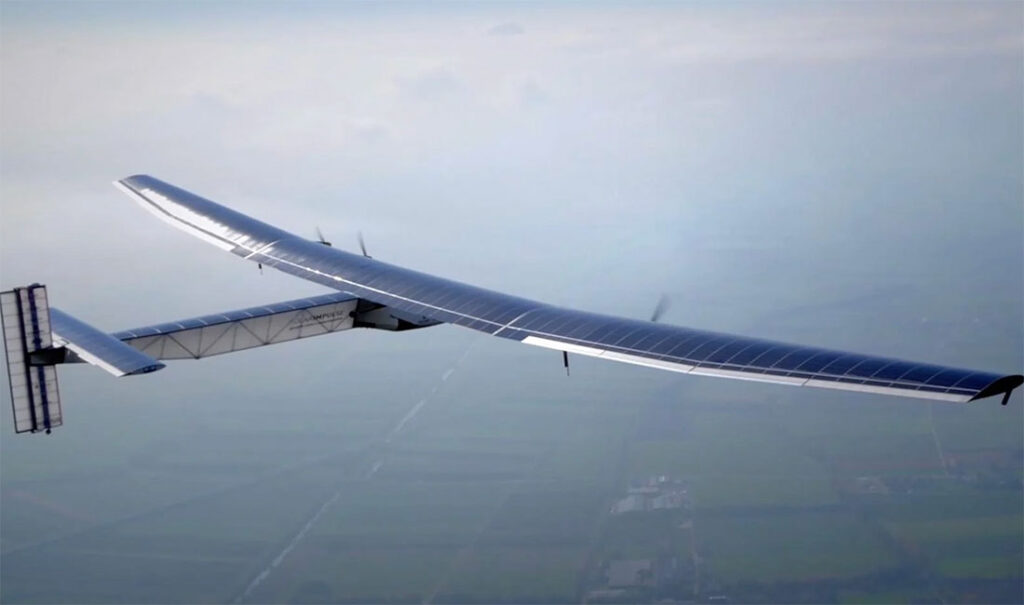
Graham Warwick
Aviation Week
April 8, 2024
Skydweller Aero has conducted the first autonomous flight of its solar-powered, heavy-payload, long-endurance uncrewed aircraft, a
modification of the Solar Impulse 2 aircraft that flew around the world on solar power in 2015-16.
The 236-ft.-wingspan aircraft flew from Stennis International Airport in Mississippi over the Gulf of Mexico. The Skydweller was relocated to
the U.S. in January after conducting development test flights in Spain.
U.S.-Spanish startup Skydweller acquired the Solar Impulse 2 in 2019 after the aircraft completed the piloted circumnavigation of the world on
solar power. Initially it was converted to an optionally piloted aircraft by connecting flight control computers to the existing mechanical
controls.
Subsequently the aircraft was fitted with a full-authority, fully redundant flight control system with no mechanical reversion. The first fully
autonomous flights were conducted from Albacete air base in Spain early in 2023 with a safety pilot onboard.
“We got to the point in Spain where we were ready for fully uncrewed flights. But there is more flexibility in the U.S. than in Europe, so we
brought it over here,” CEO Robert Miller says. Development work is continuing, adding system redundancy to improve reliability for multiday
uncrewed flights.
Skydweller is under contract with the U.S. Navy, Southern Command and Africa Command to fly the aircraft from the U.S. over the Caribbean
under a Joint Concept Technology Demonstration (JCTD). The project is planned to end in September after an autonomous demonstration
flight of at least five days.
The startup has begun construction of a second aircraft that will incorporate improvements to the structure, systems, solar cells and batteries
to enable autonomous flights of 90 days or more at altitudes up to 45,000 ft. The aircraft will be assembled in Stennis, Miller says.
Skydweller is in discussions with the U.S. Defense Department and Western European NATO nations about applications for the aircraft after
the JCTD is complete, he says. The second aircraft will have increased battery capacity—200 kWh versus 160 kWh—enabling more powerful
payloads to be carried.
“We have a wingspan greater than a [Boeing] 747, and we’re basically a hollow aircraft. With the next generation of batteries that we’ll put on,
imagine an electronic warfare system that can take 100 kW of power and a 20 m [215 ft. ] aperture,” he says.